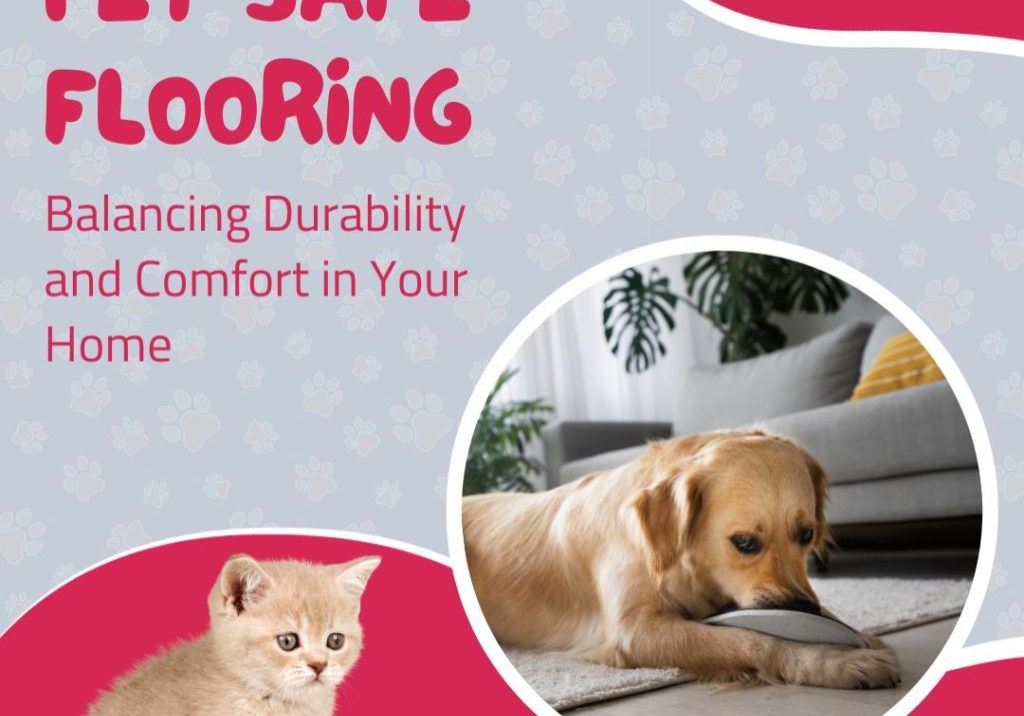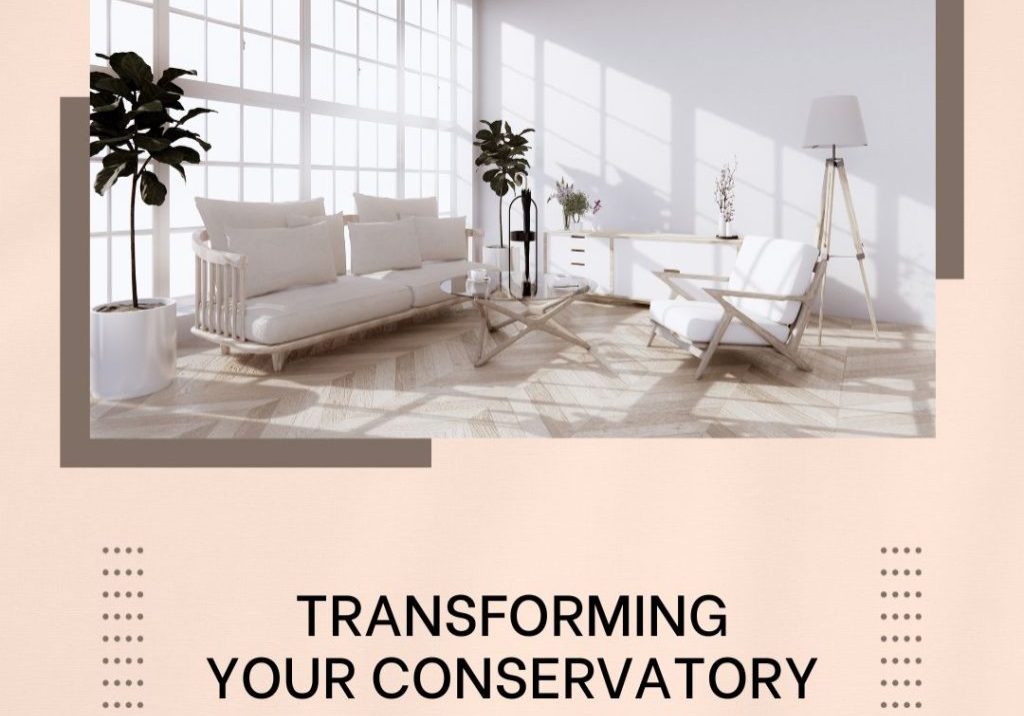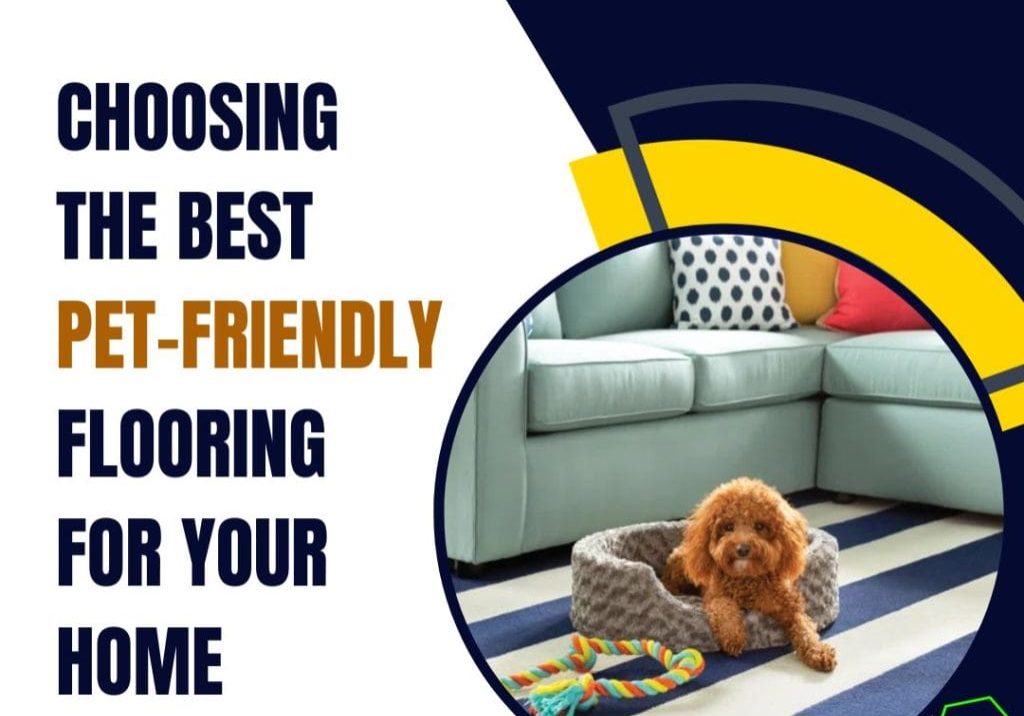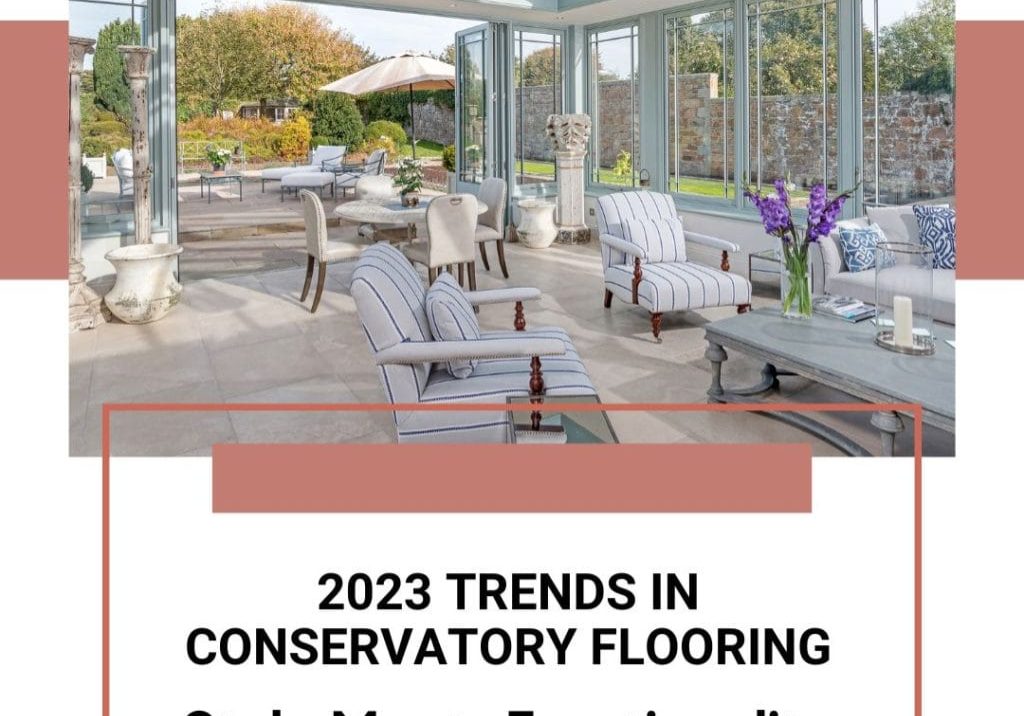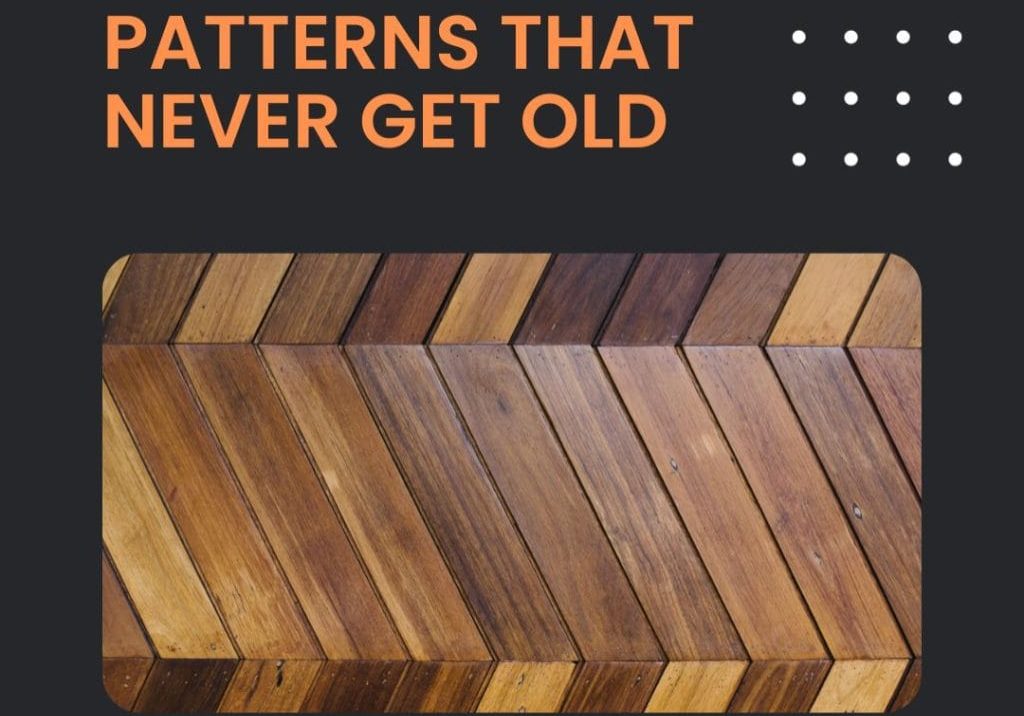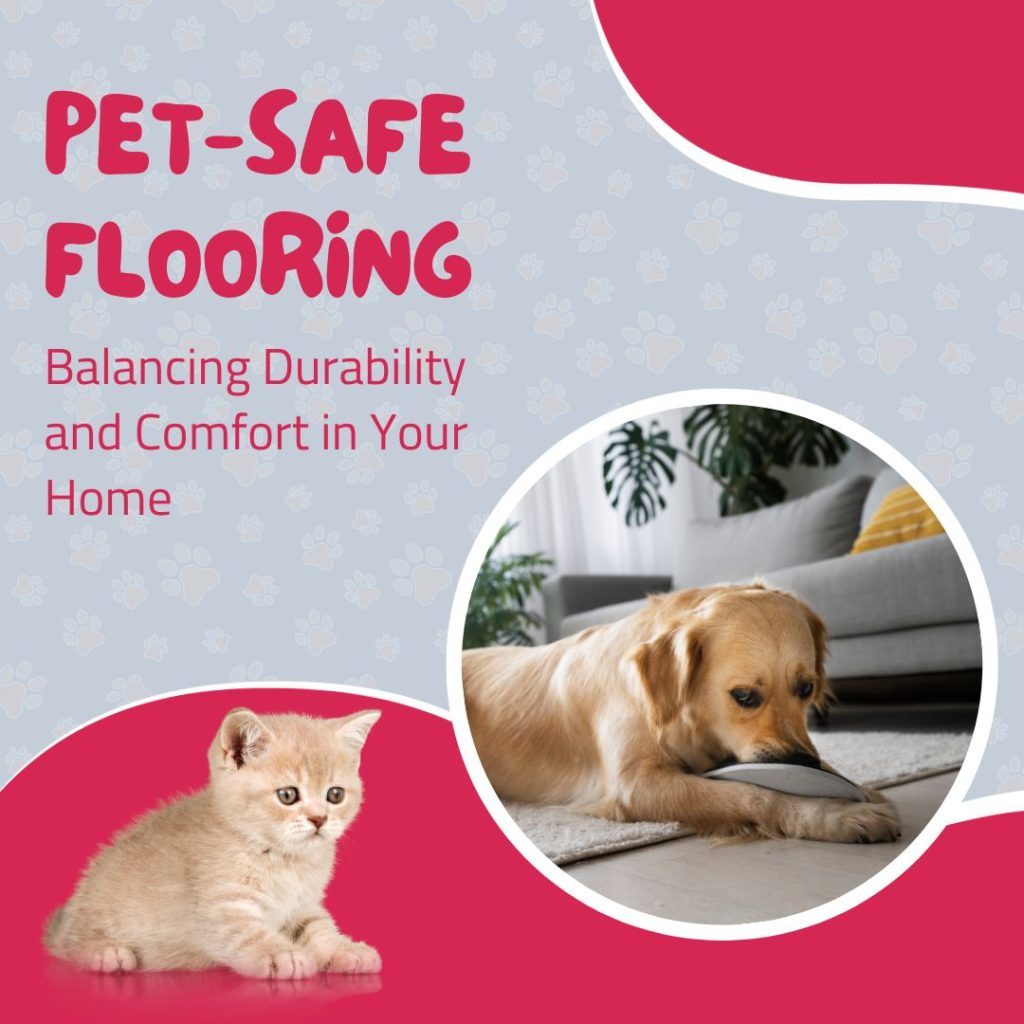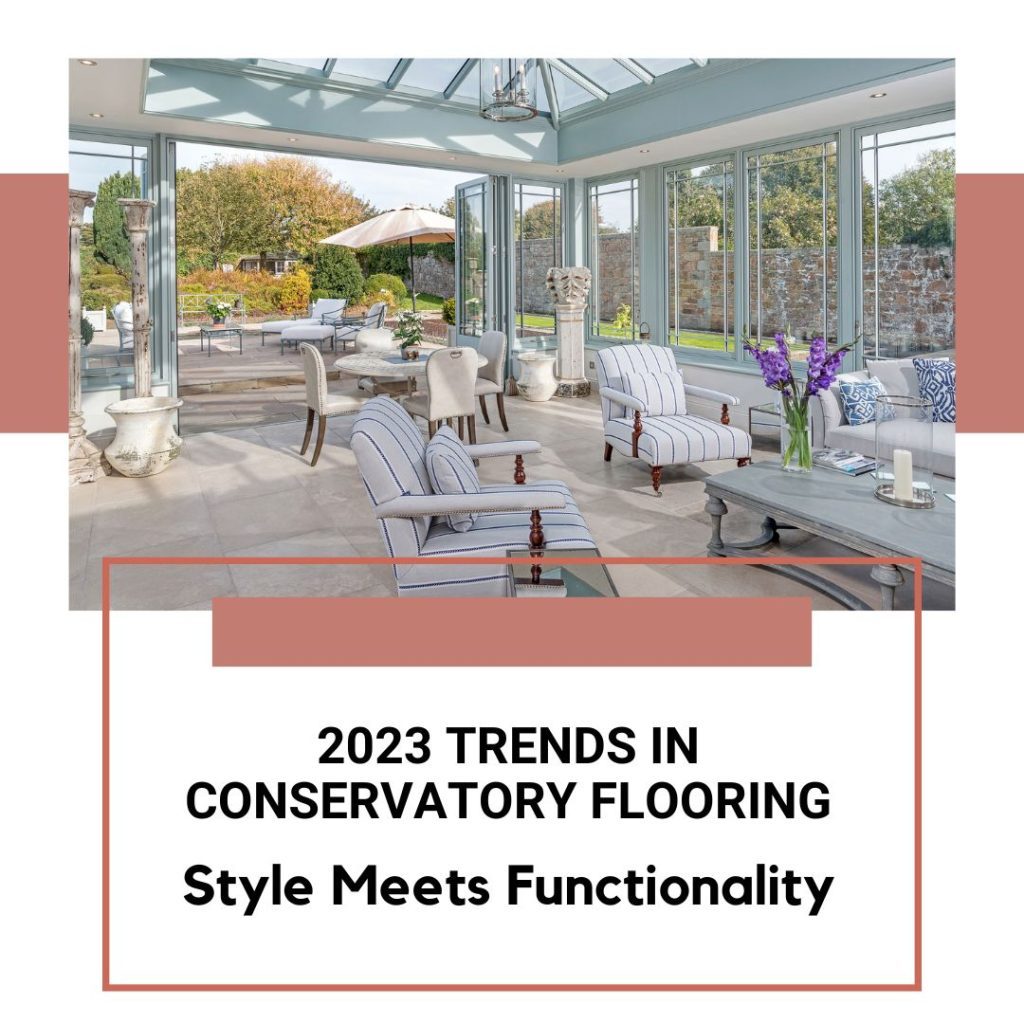Making an informed decision for flooring solutions is essential for business owners. One long-lasting, aesthetically pleasing option is hardwood flooring – particularly, selecting the most durable hardwood flooring can make a significant difference. Hardwood floors are not just an investment in the visual appeal of your premises but also a testament to their durability. The right choice of hardwood can withstand the constant foot traffic of a bustling business, maintaining its allure for years to come. Understanding the durability of different hardwood types is key to unlocking a flooring solution that blends endurance with elegance.
Solid vs. Engineered Hardwood
Two contenders vie for the top spot in hardwood flooring: solid and engineered hardwood. This section will delve into the key characteristics of each and how they fare in terms of durability, thereby providing a foundation for decision-making for those searching for the most durable hardwood flooring.
Solid vs. Engineered Hardwood: Differences
As the name suggests, solid hardwood flooring is milled from a single piece of timber. It is famed for its longevity and ability to be sanded and refinished multiple times. Its durability, however, can be compromised in humid conditions, as it is prone to expanding and contracting.
On the other hand, engineered hardwood comprises a top layer of natural wood and multiple layers of plywood underneath. This construction offers enhanced stability against humidity, reducing the risk of warping. However, the number of times it can be refinished is limited due to the thinness of the top layer. Both types have unique strengths and considerations regarding hardwood floor durability, contributing to the dialogue about the most durable hardwood flooring.
Durability of Different Wood Types
Regarding durability, solid hardwood generally holds the advantage due to its thicker, natural wood composition. Its ability to withstand wear and tear over time and the potential for multiple refinishing makes it a robust choice.
However, engineered hardwood is often more durable in environments with fluctuating humidity levels. Its layered structure offers enhanced resistance to expansion and contraction caused by moisture, thereby reducing the risk of warping.
Thus, while both types exhibit notable durability, the choice between solid and engineered hardwood should be guided by the specific conditions of your business premises.
The Janka Hardness Scale Explained
The Janka Hardness Scale is vital in distinguishing the most durable hardwood flooring. This section will clarify what the Janka Hardness Scale entails and how it can assist in your quest for resilient and long-lasting flooring.
The Janka Scale: The Measure of Hardwood Durability.
The Janka Hardness Scale serves as a crucial benchmark in measuring hardwood durability. Originating from an 18th-century test developed by Austrian wood researcher Gabriel Janka, the scale gauges the resistance of wood to wear and denting.
The Janka test measures the force required to embed a 0.444-inch steel ball halfway into the wood. The resulting value, in pounds-force (lbf), determines the wood’s hardness rating. Higher values signify greater hardness and, therefore, higher durability.
When seeking the most durable hardwood flooring, utilizing the Janka Hardness Scale can guide your decision-making, ensuring a flooring solution that balances aesthetic appeal with long-term endurance.
Showcase Common Hardwoods and Janka Ratings
Brazilian Cherry, also known as Jatoba, boasts a high Janka rating of 2350 lbs, indicating superior hardness and durability among common hardwoods. It’s an excellent choice for high-traffic areas, standing up to wear and tear impressively.
Hickory, native to North America, holds a Janka rating of 1820 lbs. Its high durability rating and distinct grain pattern make it a popular choice for traditional and contemporary spaces.
On the lower end of the spectrum, Black Walnut features a Janka rating of 1010 lbs. While softer than the others, its rich dark tones and durability still make it a preferred option for businesses seeking a blend of elegance and endurance.
Top Durable Hardwood Options
This section delves into hardwood options, examining some of the top contenders renowned for their toughness and durability. We will explore their unique characteristics and why they stand out as some of the most durable hardwood flooring options for businesses.
Overview of Durable Hardwood Types:
- Oak: Available in two varieties, red and white, oak is a widely chosen hardwood for its durability and resistance to wear. With a Janka hardness rating of 1290 lbf for red oak and 1360 lbf for white oak, it can withstand heavy foot traffic. Its grain patterns and warm tones add charm and elegance to any business space.
- Hickory: Possessing a Janka rating of 1820 lbs, hickory stands out for its exceptional hardness and durability. Its rugged grain pattern makes it a preferred choice for rustic or country-style business spaces. Hickory’s resilience makes it a practical choice for areas with heavy traffic.
- Brazilian Walnut (Ipe): With a Janka hardness rating of 3680 lbs, Brazilian Walnut (also known as Ipe) tops the list of the most durable hardwoods. This exotic wood offers a rich range of brown and amber tones, adding warmth and sophistication to interiors. Its high density ensures remarkable durability and gives it a high resistance to insects and rot, making it a premium choice for business owners.
Discuss Each Wood’s Durability Properties.
- Oak: Oak’s inherent strength lies in its dense cellular structure, which affords it exceptional wear resistance. This structural integrity, combined with its high tannin content, makes it resistant to insect and fungal attacks, enhancing its overall durability. Also, its distinctive grain pattern helps to camouflage minor scratches and dents, contributing to the longevity of its appearance.
- Hickory: Hickory is renowned for its shock-resistance properties, which can be attributed to its dense and tight grain pattern. This characteristic renders it capable of withstanding high impact, making it suitable for high-traffic areas. Additionally, hickory’s high sapwood content boosts its moisture resistance, reducing the risk of warping and increasing lifespan.
- Brazilian Walnut (Ipe): The extreme hardness of Brazilian Walnut is due to its high density and tight grain structure, which not only resists dents and scratches but also contributes to its high fire resistance. Moreover, it contains a high oil content, which enhances its resistance to decay and insect attacks. Furthermore, its natural ability to reflect UV rays helps to prevent discoloration and maintain the vibrancy of its color over time, adding to its enduring appeal.
Factors Affecting Hardwood Durability
Understanding the factors that influence the durability of hardwood flooring is crucial in making a well-informed decision for your business premises. This section will explore various elements, such as moisture levels, sunlight exposure, and the wood’s natural properties, that directly affect hardwood durability.
Explore Additional Durability Factors
- Finishes: A quality finish enhances a hardwood floor’s resistance to physical damage and environmental factors. Finishes like oil-based polyurethane provide a protective layer that shields the wood from scratches and spills, enhancing its durability. Furthermore, finishes contribute to the floor’s aesthetic appeal, enriching its color and imparting a desirable sheen.
- Environmental Resistance: Hardwood’s durability is also affected by its resistance to environmental factors. For instance, some hardwoods have increased resistance to moisture and temperature changes, preventing warping or cracking. Others have natural repellents against insects and mold, adding to their longevity. Understanding a wood’s environmental resistance is essential when choosing the most durable hardwood flooring.
Maintenance for Long-lasting Floors
Regular maintenance plays a significant role in prolonging the lifespan of your hardwood flooring. It ensures the preservation of the wood’s quality and aesthetic appeal.
Dusting and cleaning with appropriate products can prevent the accumulation of grime and potential damage from spills. Avoid harsh chemicals that can strip the wood’s natural oils, leading to dullness and brittleness.
Moreover, periodic refinishing can restore the floor’s protective layer, mitigating the effects of wear and tear. It is imperative to note that the frequency of refinishing depends on the traffic level and the type of hardwood used.
Hardwood Alternatives for High Durability
While hardwood flooring is renowned for its durability and aesthetic appeal, other flooring alternatives in the market boast comparable durability and require less upkeep. Let’s explore these alternatives and understand how they could be a beneficial choice for your business.
Explore Durable Non-Hardwood Options
- Bamboo: Often mistaken for hardwood, bamboo provides a robust and eco-friendly alternative. Although technically grassy, bamboo boasts a higher strength-to-weight ratio than many hardwoods. It’s resilient, easy to maintain, and can withstand heavy traffic, making it a viable option for business spaces. Its quick growth rate also offers a sustainable flooring solution, aligning with the trend toward eco-conscious choices.
- Laminate: Laminate flooring replicates the look of hardwood but comes with enhanced durability and easier maintenance. It comprises a composite wood base topped with a high-resolution photographic image of wood, sealed with a clear protective layer. This structure makes laminate resistant to scratches, stains, and moisture, providing a highly durable and cost-effective alternative for businesses. It also offers a wide range of design options for a customized aesthetic.
Durability Comparison: Traditional Hardwood vs. Alternatives
In terms of durability, both bamboo and laminate stand on par with traditional hardwood, if not surpassing it in certain aspects. Bamboo’s high strength-to-weight ratio allows it to withstand high traffic and resist damage, making it a durable choice for businesses. Additionally, its natural resistance to moisture reduces potential warping or cracking. On the other hand, laminate’s composite structure gives it superior resistance to scratches, stains, and even water – elements that can wear down hardwood over time. In essence, these alternatives not only replicate the aesthetic appeal of traditional hardwood but also offer enhanced durability, making them cost-effective choices for businesses.
Hardwood Flooring for High-Traffic Business Environments
Choosing the right flooring solution becomes even more critical when operating in high-traffic business environments. Let’s delve into how selecting the most durable hardwood flooring can offer longevity, aesthetic appeal, and an increased return on investment in such demanding settings.
Considerations for Hardwood Floors in High-Traffic Businesses
Choosing the most durable hardwood flooring for high-traffic business environments requires careful thought. One primary consideration is the wood’s hardness. Woods like hickory, oak, and maple are renowned for their durability and resistance to wear and tear, making them ideal choices for such areas.
Secondly, consider the wood’s finish. A high-quality finish, such as polyurethane, can significantly enhance the floor’s resistance to scratches, spills, and heavy foot traffic, extending its lifespan.
Finally, maintenance routines also matter. Regular cleaning, timely refinishing, and avoiding harsh chemicals can preserve the wood’s quality and aesthetic appeal, resulting in a longer-lasting, more durable surface.
Tips for Commercial Hardwood Floor Maintenance
Maintaining hardwood floors in commercial spaces requires consistent effort, but the reward is long-lasting, beautiful flooring. Regular dusting and sweeping are crucial to prevent the buildup of dirt that can scratch the wood surface.
When cleaning, use products specifically designed for hardwood to avoid damaging the finish. Avoid water-based cleaners as they can cause warping.
Promptly attend to any spills to prevent staining and water damage. Consider using mats or rugs in high-traffic areas to minimize wear.
Lastly, schedule professional refinishing every few years, depending on the wear and tear. This process restores the wood’s protective layer, extending its lifespan and maintaining its aesthetic appeal.
Eco-Friendly and Sustainable Options
As we strive to conduct business more sustainably, considering eco-friendly options for hardwood flooring becomes increasingly important. This section will explore various environmentally conscious choices that serve your business’s functional needs and align with your commitment to the environment.
Eco-friendly Hardwood Options And Their Durability.
Several eco-friendly hardwood options offer impressive durability.
- Cork: Cork flooring is not only eco-friendly but also exceptionally durable. It’s naturally resistant to mold, mildew, and pests, maintaining its integrity over the years.
- Reclaimed Wood: Using reclaimed wood for your flooring is an excellent way to reduce your business’s environmental footprint. Despite its recycled nature, reclaimed wood provides the same level of durability as traditional hardwood.
- Eucalyptus: Eucalyptus floors are renowned for their strength and durability, rivaling traditional hardwood options. Eucalyptus trees grow quickly, making them a highly sustainable flooring solution.
Benefits of Opting for Sustainable Flooring for Businesses.
Choosing sustainable flooring brings numerous advantages for businesses. Firstly, it’s a tangible step towards corporate social responsibility, demonstrating your commitment to environmental conservation. This can enhance your company’s reputation, attracting eco-conscious customers and employees.
Secondly, many eco-friendly materials, like cork and eucalyptus, are inherently durable and require minimal maintenance, offering a cost-effective solution in the long run.
Lastly, reclaimed wood or rapidly renewable resources can reduce deforestation and carbon footprint, contributing to a healthier ecosystem. Opting for sustainable flooring solutions aligns a business’s operational needs with its environmental commitments.
Conclusion: Making the Right Choice for Your Business
In conclusion, making the right choice for your business involves considering hardwood flooring options’ durability, aesthetics, and sustainability. Each offers unique benefits, from traditional hardwoods like oak and maple to alternatives like bamboo laminate or eco-friendly choices like cork and reclaimed wood. Prioritizing the most durable hardwood flooring ensures longevity, while regular maintenance keeps it looking its best. Lastly, choosing sustainable materials aligns your business with environmental stewardship, enhancing your brand image. Remember, the perfect floor blends durability, beauty, and sustainability, effectively supporting your business’s operational needs for years.

